Year 2017 bodes to be one full of pragmatic changes for India’s real estate sector as the onset of new environment dawns with RERA set to influence the sector to do course correction.
A significant shift in business procedures will, therefore, be seen with transparency and institutionalisation as key trends, a direct outcome of the policy gains from 2016, and hence, 2017 will essentially be a statutory compliance year, as major implementations will overhaul the existing transactional space.
A sea change in business attitude with a firm commitment on deliveries will go a long way in setting right the buyer-developer relationship.
But to overthrow the downswing period and to make the year ahead favourable to buyers, the government needs to focus on affordability to increase. As also, the most baffling question for most buyers in 2016 was: Will the project I am interested in be completed as per promised timeline? To bring in the buyer enthusiasm, buyer’s rights and interests need to be well taken care of as each state drafts rules for RERA.
So, will the Union Budget 2017-18 be a common man’s budget , offering relief for home buyers?
“The introduction of the Real Estate Regulatory Act as well as demonetisation last year have been extremely disruptive for the real estate sector. The government has already expressed its vision of housing for all by 2022. If this is to become a reality, they will need to provide tremendous amount of stimulus for the real estate sector so that homes become more affordable and get produced much faster to meet the objectives”, says Rohit Gera, Managing Director, Gera Developments and VP, CREDAI – Pune Metro. He points out steps that can be taken by the government.
1) Widen the scope of the tax-free status for projects which currently require 90% of the project potential to be developed within three years. This is a tremendous deterrent for large-scale projects as it is virtually impossible to complete these projects within three years.
2) Encourage the supply of rental housing and increase the standard deduction available for rental income.
3) To encourage people to acquire the existing inventory available in the market, allow for an increased deduction of an extra 100% of the interest payment made by the flat purchases to the financial institutions for a five-year period. This will drive down the effective rate of interest for the flat purchasers. The ensuing increase in real estate activity generating income to the government from other sources, will more than compensate for the reduction in income on account of the increased deduction.
In addition, Gera hopes that the government takes steps in the budget to curb the regeneration of black money in the economy. A simple measure for this could be limiting total cash payments to say 1 percent of the total expenses of a company in each month. This will force all payments for all businesses to be made by cheque.
Although the previous budget aimed at encouraging developers to construct affordable housing projects for its 2022 scheme, there have been, however, some mismatch in the way the market has worked vis-à-vis the expectations of the government, and thus, even after 18 months, says Anshul Jain, Managing Director, India, Cushman & Wakefield, the progress is nothing to write home about. So where exactly can the government concentrate to ensure that its aim for housing is met?
For one, he says, the tax benefits for home buyers should be further relaxed. This could be further revised to include all home loans for first time buyers for interest paid up to Rs 3,00,000 and not be restricted to the value of Rs 50 lakh only. This will become one of the key drivers to promote end-users to purchase.
Secondly and most crucially, the government has to make development of affordable or high demand housing more attractive for private developers to participate in. A simple step to take would be to increase the ambit of the external commercial borrowings (ECB) for construction finance for wider range of housing projects and not limiting to the low-cost/ affordable housing. Further, if the government could make available government-owned institutional financing to the priority housing projects, it would greatly enable private developers to participate in the same. The government could look at providing secured lending through National Housing Finance boards etc.
Further, there has not been any intervention from the government in terms of land acquisition or land development costs which continue to remain high. If the government can work towards easing the pain for these priority housing segment, we subsequently will see more relevant housing units being built quickly and successfully by the private sector.
The most important aspect would, however, be the definition of priority housing. For the ticket size of homes in the urban centres are much higher than Rs 20 – 50 lakh. The government really needs to move towards meeting the expectation of burgeoning urban middle class. Over a third of India’s population will be dwelling in urban locations by year 2020 while the middle class population would be close to 500 million. This section will also propel the economic growth of India to the tune of nearly 60% - 70% of the GDP.
Finally, the government will also have to look at boosting economic activity in a much bigger way by not only increasing public expenditure but also by rejuvenating manufacturing and other activities by re-orienting its policies for promoting and establishing SEZs or similar zones.
Apex bodies have been hankering each year for the status issue which can prove beneficial for the betterment of the real estate sector. According to Parveen Jain, President NAREDCO (National Real Estate development Council), ‘industry status’ should be given to the real estate development sector to help it to access banks’ lending at average interest rates as against high risk rates presently prevailing. It will also aid the sector to raise ECBs and to access central and state subsidies in case the developers are building in remote backward regions or north eastern regions. These shall prove to be real incentives for Housing development and a major boon to realise the dream for ‘Housing for All’.
Also, the government should come up with more clarity on aspects like GST and beneficiaries under Pradhan Mantri Awas Yojana points out Anuj Puri, Chairman & Country Head, JLL India. For e.g., would young urban professionals wanting to buy their own apartments but not belonging to either the EWS (Economically Weaker Section) or the LIG (Low Income Group) segments be allowed similar subventions? Also, affordable housing is largely available in the fringe areas of metros and tier-II, III cities. Would certain redevelopment projects within metros meeting the affordable housing definition be granted similar benefits? GST clarification would also be needed on the abatement scheme and whether credit for input tax would be allowed by the government if the composition scheme has been availed by developers.
The government should recognise the capacity of REITs to improve market conditions for the real estate sector and remove the policies constraining their growth says Sachin Sandhir, Global Managing Director – Emerging Business, RICS. “We have not seen a single REIT listing till date because of the presence of multiple taxes. Until tax hurdles are removed for developers and asset holders, it is highly unlikely that we will see any REIT listing. The government should look at: Reduced level of taxation of REIT income; Waiver of capital gains for the developer at the time of transfer of property into REIT; and Removal of service tax on lease premises.”
For the real estate sector to really grow and execute its projects on time, various government approvals should be given in a timely manner so Single Window Clearance is what the budget should be defining over and above these things.
For full coverage of Union Budget 2017 click here .


)




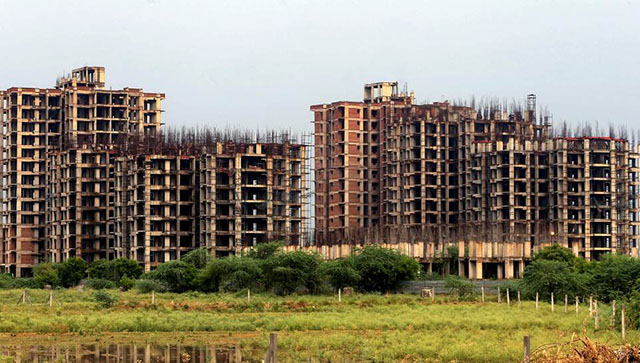)
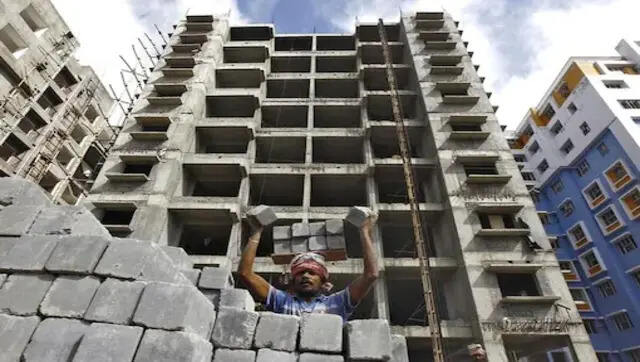)
)
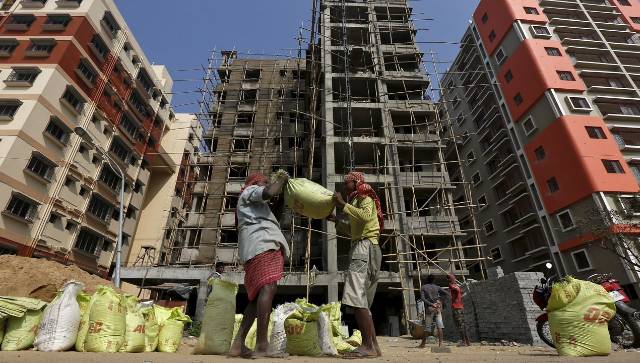)
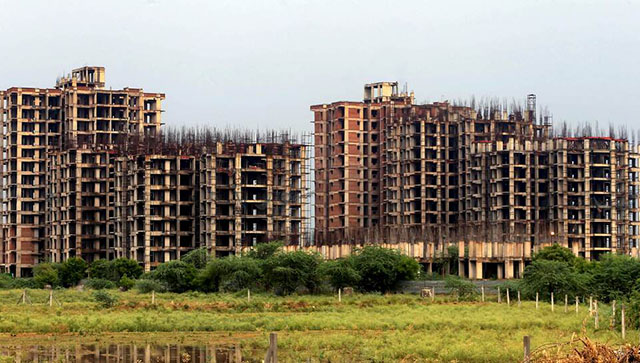)
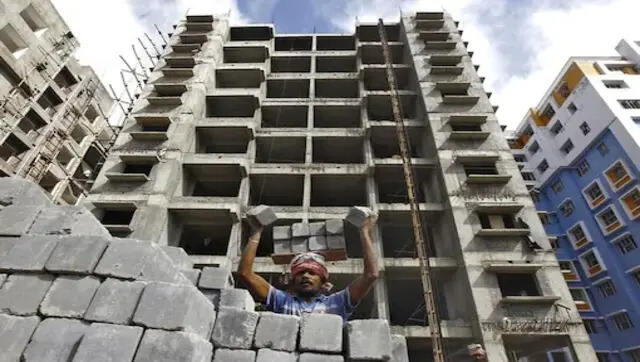)
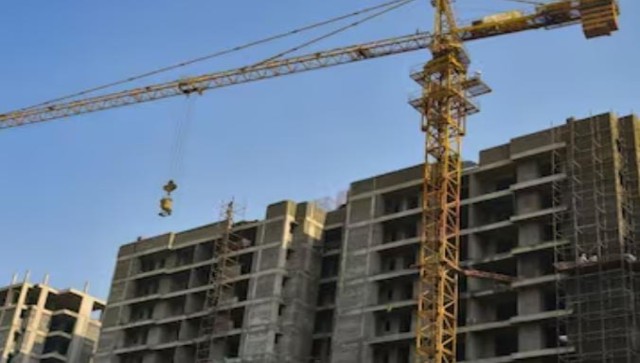)
)